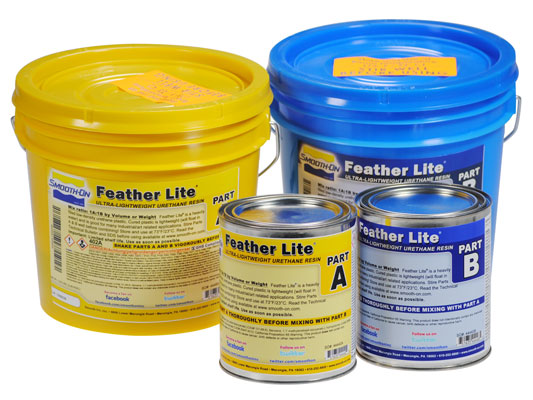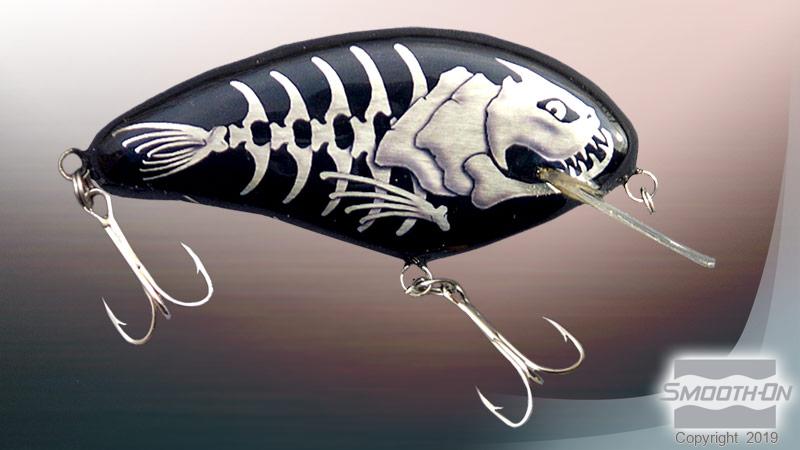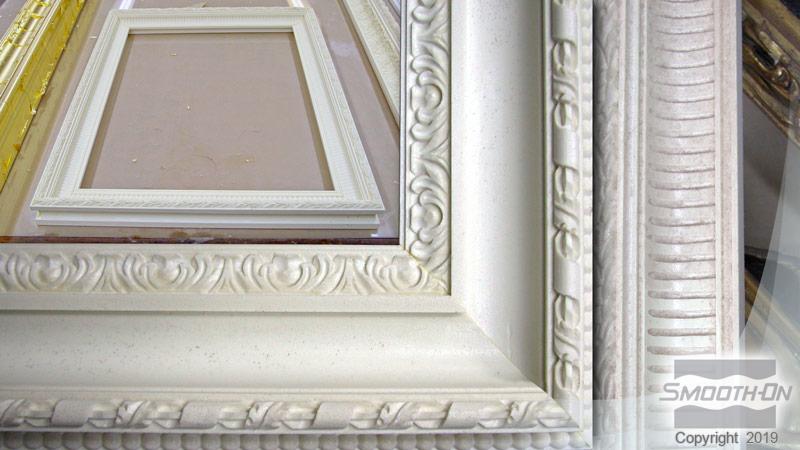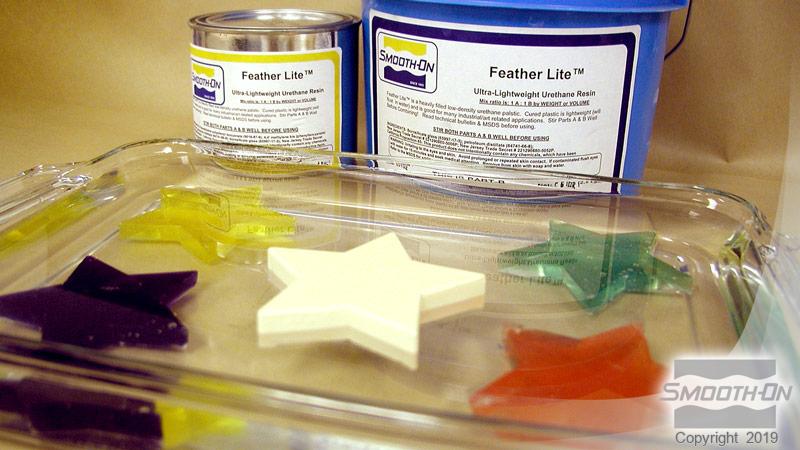Feather Lite™
Feather Lite™ is a heavily filled low-density urethane casting resin. Cured plastic is lightweight (it floats in water!) and has a much lower density than other casting resins.
Feather Lite™ features a convenient 1A:1B by volume mix ratio and mixes easily (pre-mixing of parts A & B is necessary). Cured plastic is strong and can be carved, machined, drilled, sanded, etc. Feather Lite™ can be pigmented with SO-Strong™ color tints prior to casting and finished castings can be painted. And because this product is low-density, it yields more plastic per pound/kg. than other casting resins, the cost per casting is low. Feather Lite™ can be used for a variety of art or industrial design related applications including reproducing sculpture, making fishing lures, prototype model making, casting doll heads and figures, etc.
Instructions
Preparation - Store and use at room temperature (73°F/23°C). These products have a limited shelf life and should be used as soon as possible. Environmental humidity should be as low as possible. Good room size ventilation is essential. Wear safety glasses, long sleeves and rubber gloves to minimize contamination risk.
Applying A Release Agent - A release agent is necessary to facilitate demolding when spraying into or over most surfaces. Use a release agent made specifically for mold making (Universal™ Mold Release) available from Smooth-On or your Smooth-On distributor). A liberal coat of release agent should be applied onto all surfaces that will contact the plastic. Most silicone rubber molds usually do not require a release agent. Using a release agent, however, will prolong the life of the mold.
IMPORTANT: Apply release agent to all surfaces that will contact the rubber. To ensure thorough coverage, lightly brush the release agent with a soft brush over all surfaces of the model. Follow with a light mist coating and let the release agent dry for 15 minutes.
Because no two applications are quite the same, a small test application to determine suitability for your project is recommended if performance of this material is in question.
Mixing - Material is heavily filled and the filler will separate from the liquid during storage. When you first open containers, you will see powder on top that must be thoroughly pre-mixed with liquid on bottom. You MUST stir both Part A & Part B well before using - Pre-mix both parts in their original containers before dispensing. After dispensing equal amounts of Parts A and B into mixing container, mix thoroughly. Stir slowly and deliberately making sure that you scrape the sides and bottom of the mixing container several times. Be careful not to splash low viscosity material out of the container. Remember, Feather Lite™ sets up quickly. Do not delay between mixing and pouring.
Pouring - Warning: Fumes, which may be visible as this product starts to “gel” and cure, will dissipate with adequate ventilation. Only use this product with room size ventilation and do not inhale/breathe fumes. Castings will be extremely hot immediately following cure and may burn the skin. Let cool to room temperature before handling. For best results, pour your mixture in a single spot at the lowest point of the containment field and let the mixture seek its level. This will help minimize air entrapment.
IMPORTANT: Shelf life of product is reduced after opening. Remaining product should be used as soon as possible. Immediately replacing the lids on both containers after dispensing product will help prolong the shelf life of the unused product. XTEND-IT™ Dry Gas Blanket (available from Smooth-On) will significantly prolong the shelf life of unused liquid urethane products.
Curing - Important: Use this product with at least room size ventilation or in proximity to a forced outlet air vent and do not inhale/breath fumes. Fumes, which may be visible with a significant mass concentration, will quickly dissipate with adequate ventilation. Castings with significant mass may be hot to the touch and irritate skin immediately following cure. Let casting cool to room temperature before handling.
Demold time of the finished casting depends on mass and mold configuration. Low mass or thin-walled castings will take longer to cure than castings with higher mass concentration.
If making rotational or hollow castings, backfilling with a rigid foam (Foam-iT! 5 or other) will provide lightweight reinforcement. Foam backfilling is recommended if castings will be subjected to temperatures above 85°F / 30°C.
Post Curing - Post curing a casting is not necessary but will increase physical properties and performance. Allow material to cure for recommended cure time at room temperature followed by 4 - 6 hours at 150°F/65°C. Allow casting to come to room temperature before handling.
Performance - Cured castings of Feather Lite™ are lightweight, rigid and durable. They resist moisture, moderate heat, solvents, dilute acids and can be machined, primed/painted or bonded to other surfaces (any release agent must be removed). If machining cured Feather Lite™, wear dust mask or other apparatus to prevent inhalation of residual particles.
Related Categories: Urethane Resins
Related Series: Feather Lite™ – Lightweight Liquid Plastic
How-To Articles
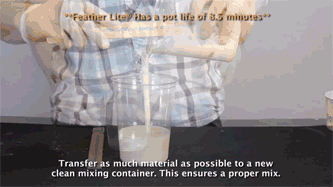
How To Mix Urethane Casting Resin - Double Mix and Pour Feather Lite™
Using the double-mix and pour technique helps to alleviate issues with unmixed resin.
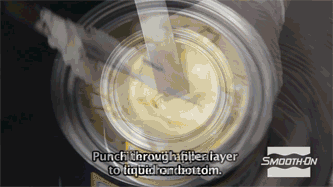
How To Pre-Mix Urethane Casting Resin - Feather Lite™
This video will illustrate the proper way to pre-mix Smooth-On Feather Lite urethane resin...
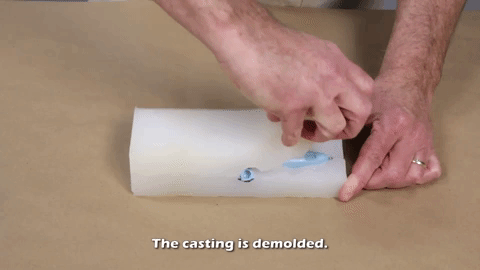
How To Make Fishing Lures With Mold Star™ & Feather Lite™
Learn How To Make Your Own Fishing Lures With Mold Star™ Silicone and Feather Lite™ Resin
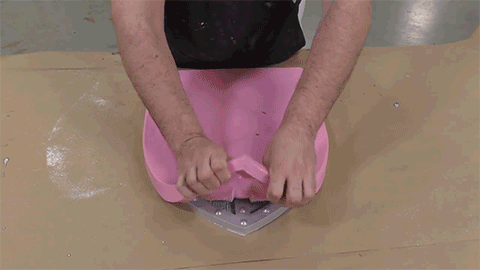
How To Make a Silicone Block Mold of an Irregularly Shaped Model
Learn how to save material and money by making your silicone mold conform to the shape of your model.
